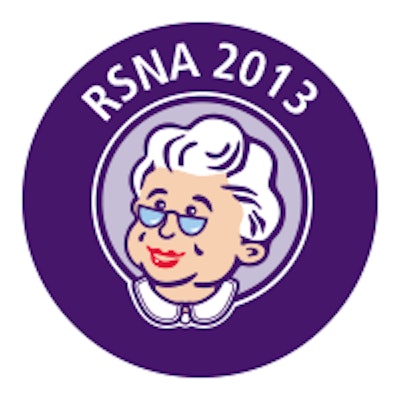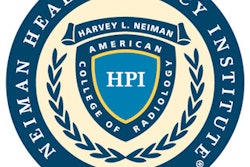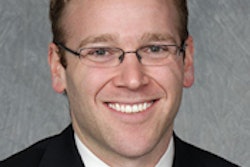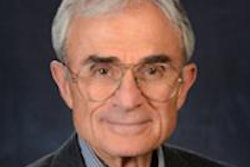
CHICAGO - Nationwide Medicare data show that rapid growth in the use of advanced imaging in the U.S. has stopped, according to a presentation given on Tuesday at the RSNA meeting.
"Imaging has been widely perceived to be a major cost driver, growing too rapidly and often overused or unnecessary," said presenter Dr. David C. Levin of Thomas Jefferson University Hospital. "But anecdotal reports from various sources have suggested that advanced imaging is no longer growing."
A 2008 America's Health Insurance Plans (AHIP) report found that 20% to 50% of high-tech imaging fails to provide useful information and may be unnecessary. It also stated that CT and MRI contribute $26.5 billion in unnecessary use of health services and that 20% of hospital radiology tests are duplicates, leading to $20 billion per year in wasted spending.
 Dr. David C. Levin from Thomas Jefferson University.
Dr. David C. Levin from Thomas Jefferson University.
But have the trends the AHIP report listed continued? Levin and colleagues examined recent use trends in CT, MRI, and nuclear medicine -- including PET imaging -- to determine whether these modalities were still growing. The team used the Medicare Part B Physician/Supplier Procedure Summary Master Files for 2000 to 2011, including all CPT codes for diagnostic CT, MRI, and nuclear medicine except those for guidance for invasive procedures and for radiation therapy.
Levin's group found that the CT utilization rate per 1,000 Medicare beneficiaries rose from 325 in 2000 to a peak of 637 in 2009 -- an increase of 96%. In 2010, this rate dropped slightly to 626, but in 2011, the rate dropped more dramatically to 500.
"Code bundling produced dramatic effects on the trend lines," Levin said. "In 2010, codes for radionuclide myocardial perfusion imaging and the add-on codes for left-ventricular wall motion and ejection fraction were bundled into a single code, and in 2011, codes for CT abdomen and CT pelvis were bundled into single code."
Levin and colleagues also found that the nuclear medicine rate per 1,000 Medicare beneficiaries rose 66%, from 193 in 2000 to a peak of 320 in 2006. The data showed a gradual and slight decline over the next three years to 303 in 2009. However, in 2010 there was a sharp decline to 135, which the researchers attributed to bundling of the codes for primary myocardial perfusion imaging and its two add-on codes for left-ventricular wall motion and ejection fraction. The nuclear medicine use rate dropped further in 2011 to 128 per 1,000 Medicare beneficiaries.
As for MRI, its use rate rose 95% between 2000 and 2006, from 95 to 185, and it remained relatively flat thereafter, ending at 184 per 1,000 Medicare beneficiaries in 2011. No code bundling occurred in MRI, Levin said.
Why has the use of advanced imaging stopped growing? The factors are legion, Levin told session attendees:
- Reimbursement cuts: The Deficit Reduction Act and other measures have affected the Medicare Physician Fee Schedule.
- The use of radiology benefits managers.
- Concern among physicians about reducing patients' radiation exposure, and physicians being more cost-conscious.
- Higher patient co-pays and deductibles, which the Medicare Payment Advisory Commission recommended in 2012.
- A greater attention to appropriateness criteria by ordering physicians.
So rapid growth in the use of advanced diagnostic imaging has stopped. But the question remains: Will utilization decline even further, or will growth resume?
"None of us know what will happen in the future," Levin concluded. "But if I had to predict, I'd say we're going to see an increase in imaging volume -- because the U.S. population is aging and because of the Affordable Care Act, which will mean more patients will have insurance."




















